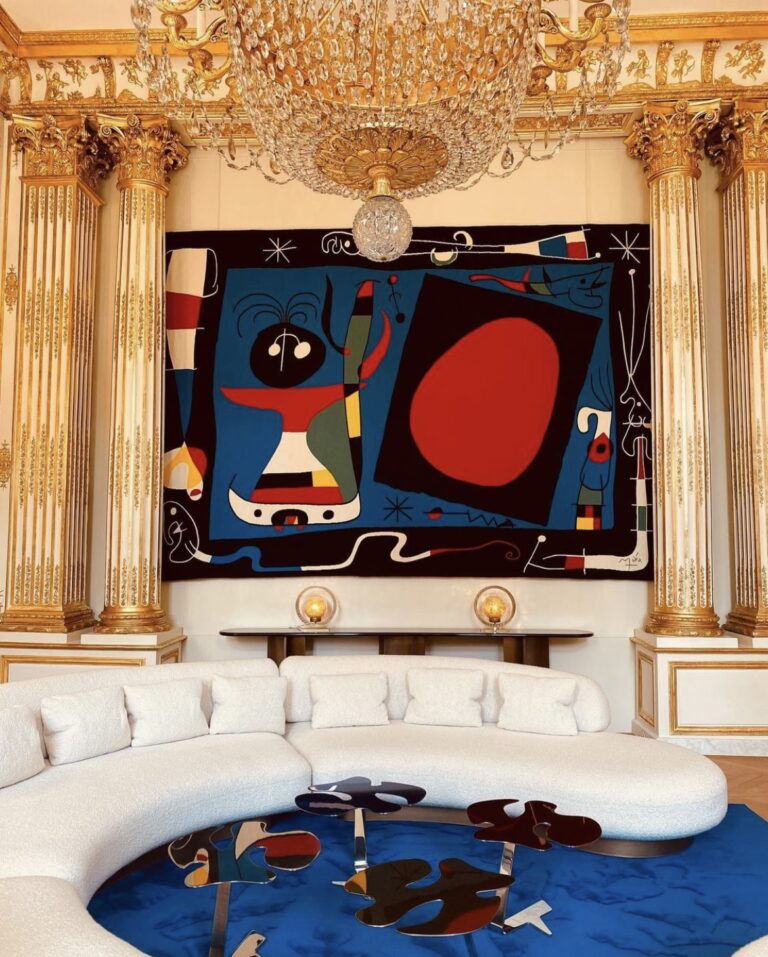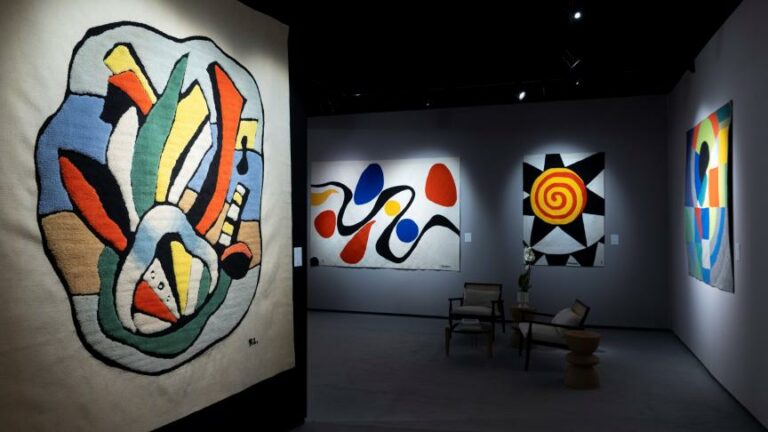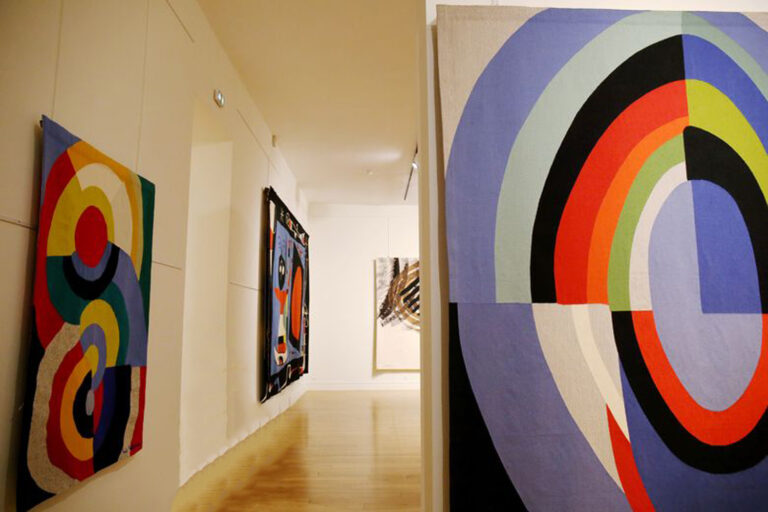Tapestry in the 20th Century: The Revival of a Textile Art
Tapestry in the 20th Century: Evolution and Recognition
Tapestry, an ancient and noble art form, underwent significant evolution in the 20th century, propelling it into a new era of recognition and appreciation. Traditionally perceived as a decorative art tied to grand homes and institutions, 20th-century tapestry has successfully reinvented itself and found its place in the contemporary art world.
Evolution of Tapestry in the 20th Century
The early 20th century saw a re-evaluation of tapestry techniques and motifs. The Art Deco movement of the 1920s and 1930s brought a new aesthetic, where artists and artisans began experimenting with geometric forms and vivid colors. This period was marked by closer collaboration between artists and weavers, pushing the technical and creative boundaries of tapestry.
After World War II, the Gobelins Manufactory and the Aubusson Tapestry Workshop played crucial roles in modernizing tapestry. Renowned artists like Jean Lurçat, often credited with revitalizing tapestry art, introduced contemporary themes and a bolder color palette. This era saw tapestry transition from a mere decorative element to a fully-fledged art form.
The 1960s and 1970s witnessed an explosion of creativity. Textile art became a preferred medium for avant-garde artists, allowing them to address contemporary social, political, and cultural themes while exploring new techniques and materials. These works, often referred to as “Modern Master Tapestry,” redefined the perception of tapestry in the art world.
Contributions of Famous Artists
Several renowned artists contributed to this tapestry renaissance, particularly through their collaboration with the Aubusson Tapestry Workshop. Each artist brought a unique vision, enriching the tapestry heritage.
-
Alexander Calder: Best known for his mobiles and sculptures, Calder saw tapestry as a natural extension of his artistic world. His woven works feature bold abstract shapes and vibrant colors, perfectly capturing the energy and playfulness of his signature style.
-
Pablo Picasso: Picasso partnered with the Aubusson tapestry workshops to reinterpret some of his iconic paintings in textile form. He was drawn to the medium for its rich texture and the new visual depth it brought to his art.
-
Sonia Delaunay: A true pioneer of abstraction, Delaunay embraced tapestry as the perfect canvas to explore her ideas about color and geometry, giving her work a new dimension through fabric and form.
-
Le Corbusier: As both an architect and an artist, Le Corbusier used tapestry to bring art into everyday spaces. For him, it was a way to create total environments where structure and visual expression worked together seamlessly.
-
Josef Albers: Fascinated by how colors interact, Albers turned to tapestry to push the boundaries of optical illusion and chromatic harmony. His woven pieces expanded the visual language of modern textile art.
-
Joan Miró: Miró brought his dreamlike imagery and flowing organic shapes into tapestry, finding in the material a rich medium to express his imagination. His pieces are celebrated for their spontaneity and emotional vibrancy.
-
Fernand Léger: Known for his bold lines and use of primary colors, Léger embraced tapestry as a way to work on a grand scale. His pieces brought modern energy to the tradition, reflecting his mission to make art more accessible to the public.
Contribution of Galerie Hadjer
For over fifteen years, Galerie Hadjer has played a pivotal role in recognizing the tapestry market. Located in Paris, this specialized gallery has dedicated itself to promoting and valuing tapestry, particularly those of the 20th century. Galerie Hadjer has organized numerous exhibitions and sales, highlighting exceptional and often overlooked works, thus educating the public and stimulating interest in this art form.
The gallery has also actively supported contemporary artists and young talents, creating a bridge between generations and allowing for continuity and innovation in the field of tapestry. Through its efforts, Galerie Hadjer has not only enhanced the visibility of historical works but also encouraged a new appreciation for modern and contemporary creations.
In conclusion, 20th-century tapestry underwent a remarkable transformation, evolving from traditional decorative art to a respected contemporary medium. Galerie Hadjer has been a driving force in this recognition, ensuring that tapestry continues to captivate and inspire art enthusiasts and collectors worldwide.




